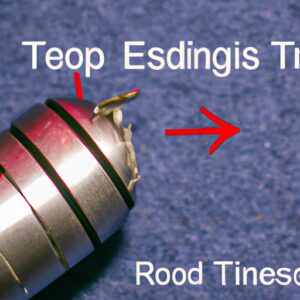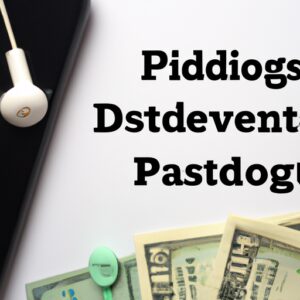Mixing and Mastering Your Podcast Audio: Tips and Techniques
When it comes to podcasting, it’s not just about having something interesting to say, it’s also about how you say it. A poorly produced podcast can leave your listeners reaching for the stop button, but a well-produced one can leave them eagerly waiting for the next episode.
Mixing
Mixing is the process of blending all the individual audio elements of your podcast together. This includes your voice, any guests or interviewees, sound effects, and music. Here are some tips and techniques to help you mix your podcast audio:
- Use EQ to carve out space: EQ stands for equalization and it allows you to adjust the frequency balance of your audio. Cut out frequencies that are making your audio muddy or unclear, and boost the frequencies that make it sound bright and clear.
- Pan to create stereo: Panning is the process of moving audio left or right in the stereo field. This can create a more interesting and dynamic listening experience for your audience.
- Compress to even out levels: Compression is the process of reducing the dynamic range of your audio. This means that quieter parts of your audio will be brought up, and louder parts will be brought down. This can create a more even and consistent volume throughout your podcast.
Mastering
Mastering is the process of preparing your podcast audio for distribution. This includes making sure that it sounds great on any device, from headphones to car speakers.
- Normalize your audio: Normalizing is the process of adjusting the volume of your audio so that it peaks at a consistent level. This ensures that your listeners don’t have to constantly adjust the volume throughout your podcast.
- Limit your audio: Limiting is the process of reducing the dynamic range of your audio even further than compression. This can help prevent distortion and ensure that your audio sounds loud and clear, even on smaller devices like smartphones.
- Add a limiter to the final mix: A limiter is a tool that sets an absolute limit to the peak level of your audio. This can prevent clipping and distortion, which can ruin an otherwise great podcast.
Final Thoughts
Mixing and mastering your podcast audio can seem daunting, but with the right tips and techniques, it can be a fun and rewarding process. Remember, a well-produced podcast can keep your listeners engaged and coming back for more. So take the time to polish your audio and make sure that your message is heard loud and clear!






